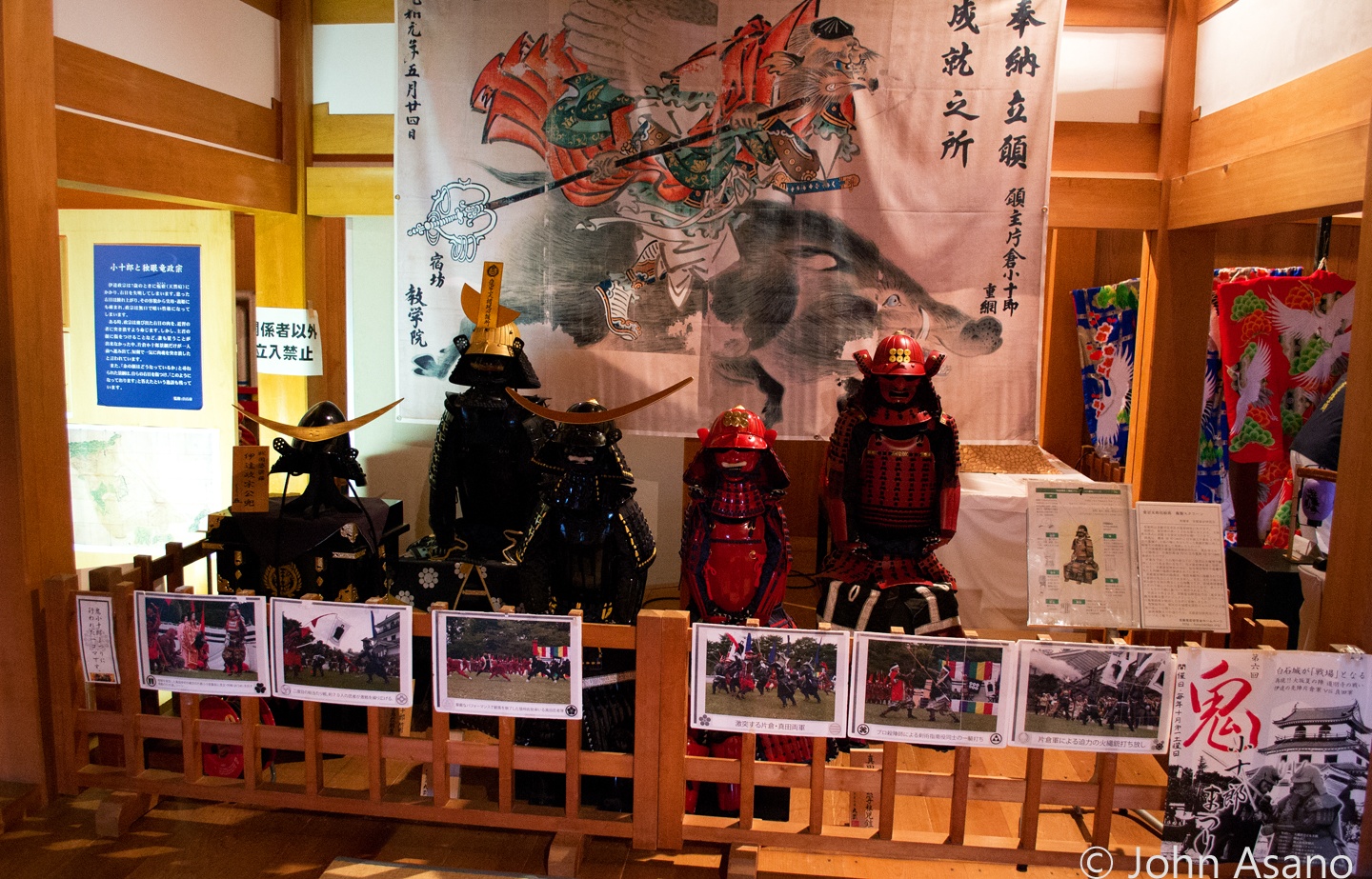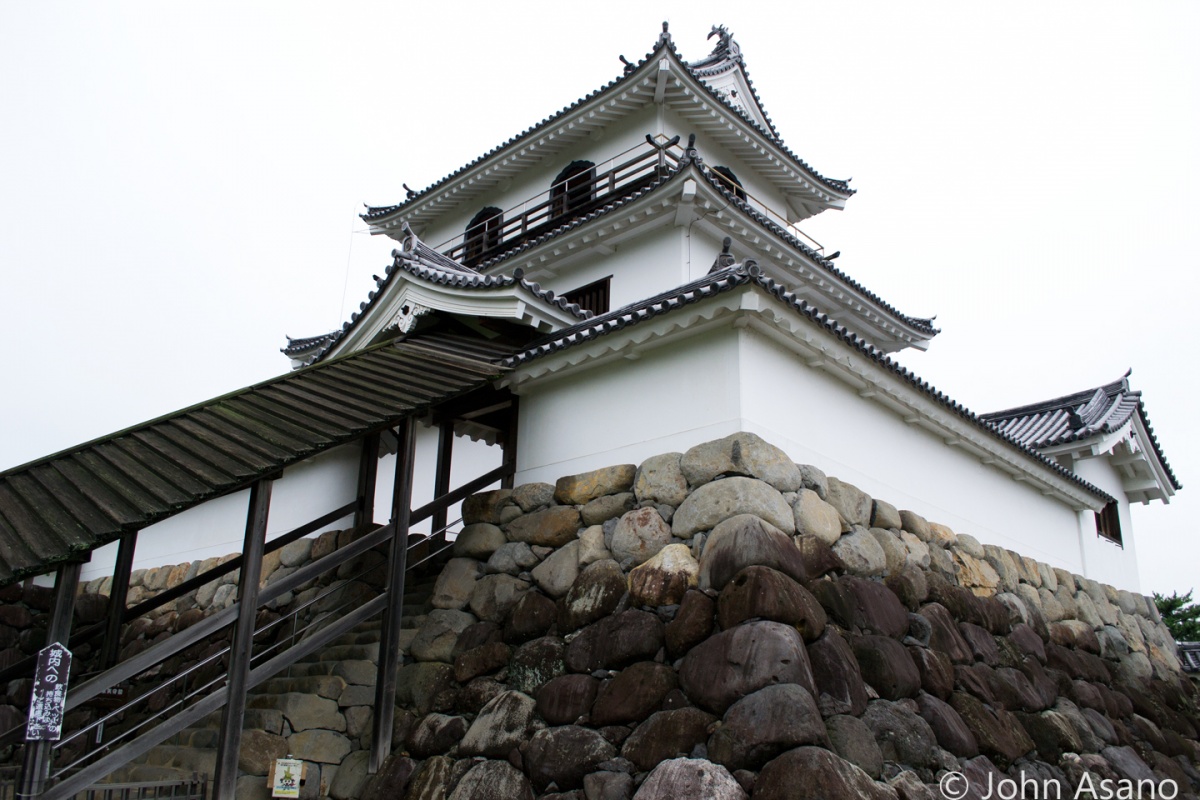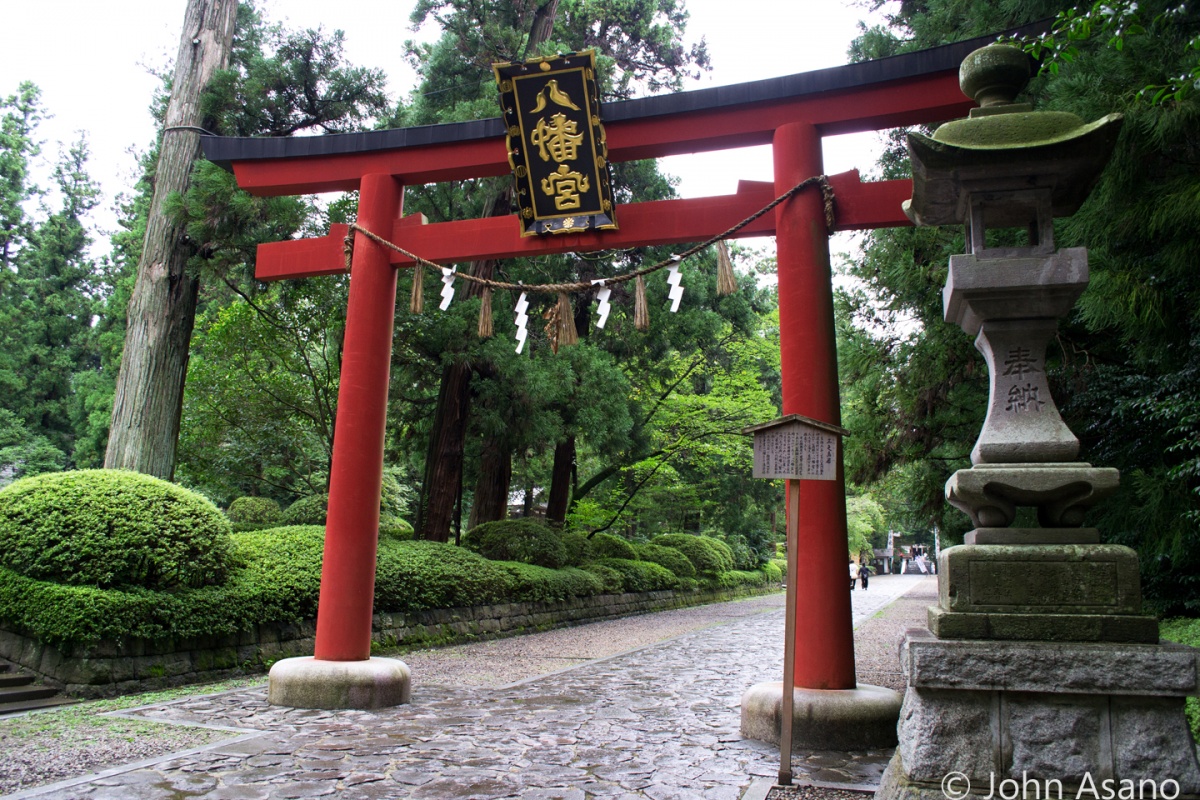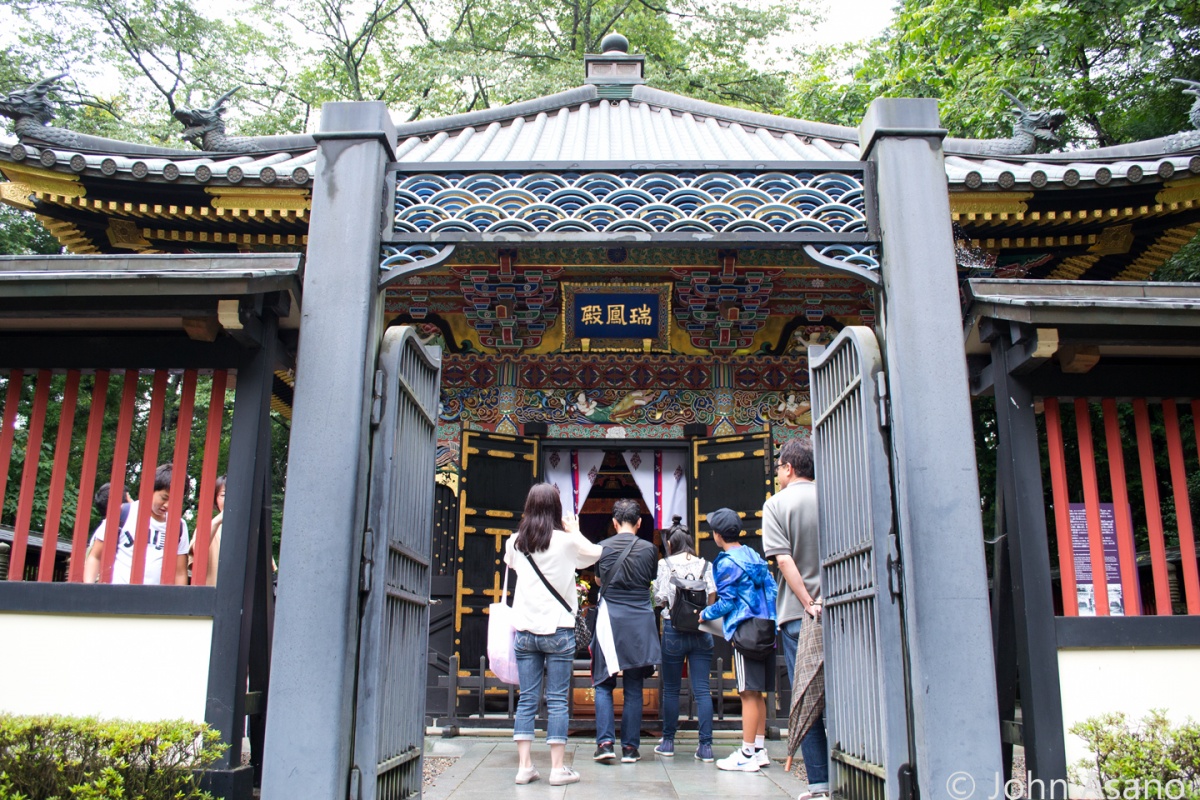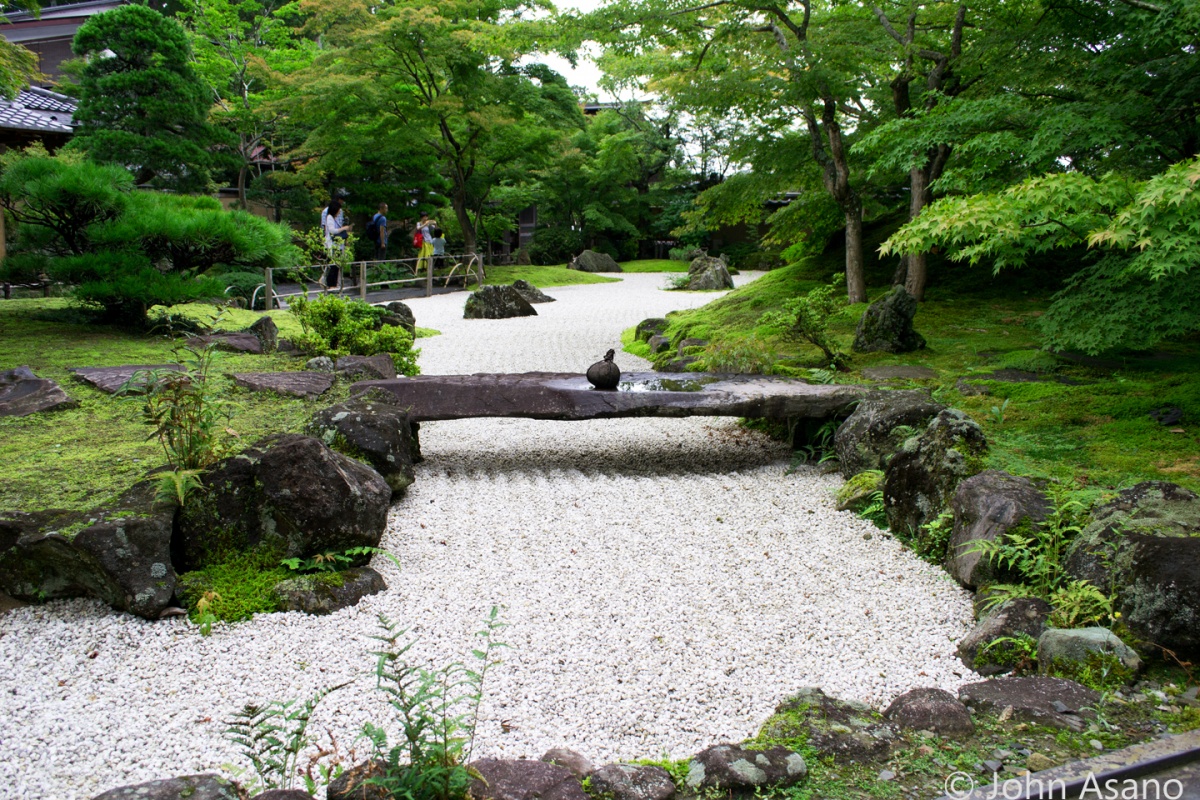Miyagi: Land of Samurai History
Sendai, the capital of Miyagi Prefecture and largest city in Tohoku, was founded by the legendary samurai Date Masamune over 400 years ago. Best known for his ferocity, he's also beloved for his sense of beauty and style. His cultural legacy and history live on with historic castles and aesthetically pleasing temples and shrines throughout Miyagi.
By John AsanoSendai Castle (Aoba Castle)
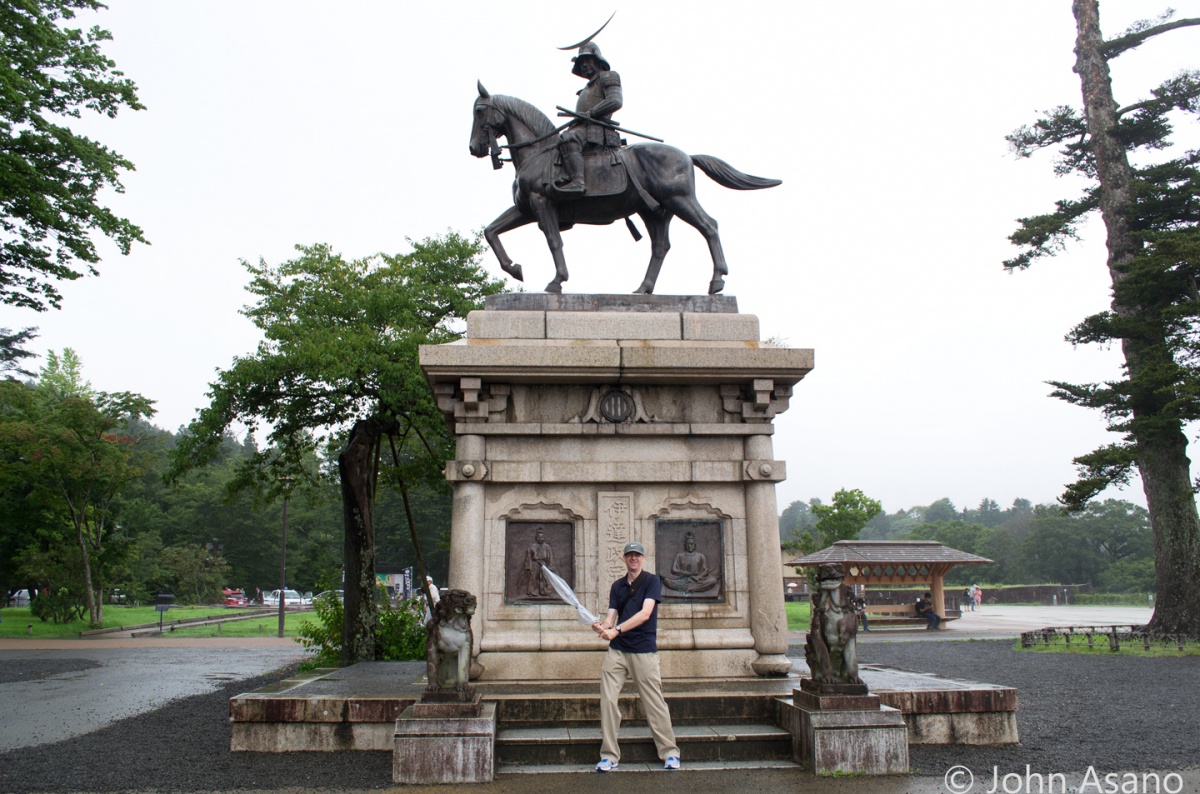
https://www.flickr.com/photos/johngifu/36280120424/
Sendai Castle, also known as Aoba Castle was the largest and most prosperous castle town in Northern Honshu (the main island of Japan). Built over 400 years ago by Date Masamune, one of the most famous samurai warriors in Japanese history, it offers a taste of Sendai’s rich history and culture. The original castle located on Mount Aobayama was home to the Date clan and was where they ruled the land as one of the most powerful samurai clans in Japan. Unfortunately, the original castle no longer stands, but the site contains extensive stone walls, the foundation of the great hall, the statue of Date Masamune on horseback and panoramic views of the city from above.
Shiroishi Castle (Shiroishi)
Shiroishi Castle was one of the grandest castles of the Tohoku region during the Edo Period (1603-1868). Unfortunately, the original castle was demolished during the Meiji Period (1868-1912) under a new law that tried to rid Japan of its feudal past to move into the modern world. The original castle nestled in the southeast of Miyagi Prefecture belonged to the Katakura clan, who served the Date clan of Sendai as retainers. The castle is unique as it was built during a time under the Tokugawa Shogunate, which prevented more than one castle being built per domain (Miyagi already had Sendai Castle). The wooden castle donjon now on the site is a reconstruction that is ranked Number 1 in Japan for height and area of all castles built after World War II. Inside the castle is a small museum dedicated to the history of the castle and the town of Shiroishi. The small town is a treasure trove of samurai history and culture. Entry to the castle is ¥300.
Osaki Hachimangu Shrine (Sendai)
This magnificent shrine located northwest of Sendai Castle was erected by Date Masamune to worship the Shinto deity, Hachiman. The main shrine building where the deity is housed was built in the Momoyama style of the Momoyama Period (1573-1615) by the greatest craftsmen of the era, who served the Toyotomi Family. The main building is uniquely covered in black lacquer, gold leaf and brilliant colors. The shrine, with its gorgeous and splendid design, conveys the prestige and power of the Date clan and is a National Treasure of Japan. Admission to the shrine is free.
Zuihoden — Date Masamune’s Mausoleum (Sendai)
This gorgeous location is home to the mausoleum for Date Masamune, founder of the Sendai Date clan, and one of the most powerful feudal lords of the Edo Period. Three generations of the Date clan have their mausoleum here, while other descendants are laid to rest in less elaborate graves and tombs. Constructed in the ornate Momoyama culture style by Masamune’s son, Tadamune, the second lord of the Sendai domain in 1637, the mausoleum is a national treasure and the final resting place of Date Masamune. A museum behind the main building houses burial artifacts of the Date family as well as facial reconstructions of the three lords. Entry to Zuihoden is ¥550.
Entsuin Temple — Treasure of the Date Clan (Matsushima)
Entsuin was the family temple of Date Mitsumune, a grandson of Date Masamune. The Buddhist temple is famous for its Sankeiden, built as a mausoleum for Date Mitsumune in 1647. The temple is also famous for its beautiful Japanese-style rock and moss gardens, Western-style rose garden, as well as being a scenic spot for the autumn leaves in the fall. At the temple you can try the fun experience of making your own Japanese Buddhist rosary bracelet, a great souvenir to take home of your visit. Entry to Entsuin Temple is ¥300.


